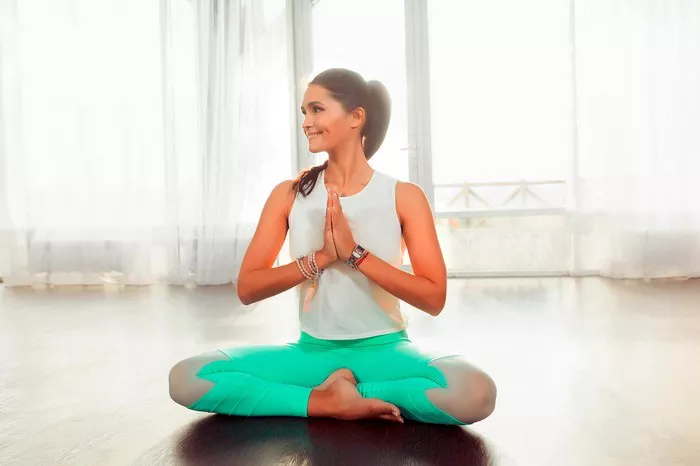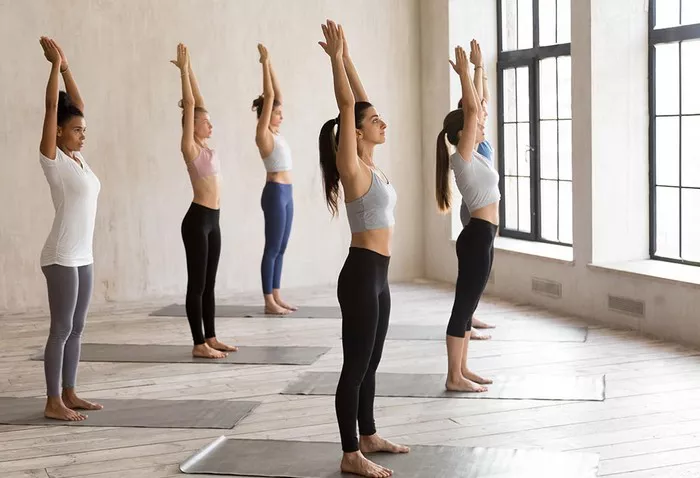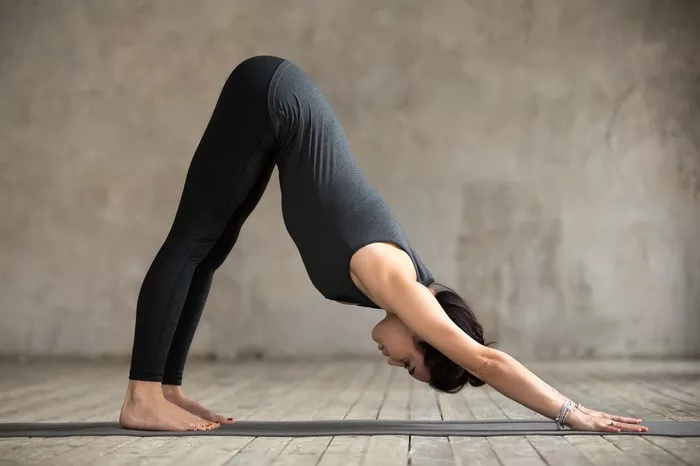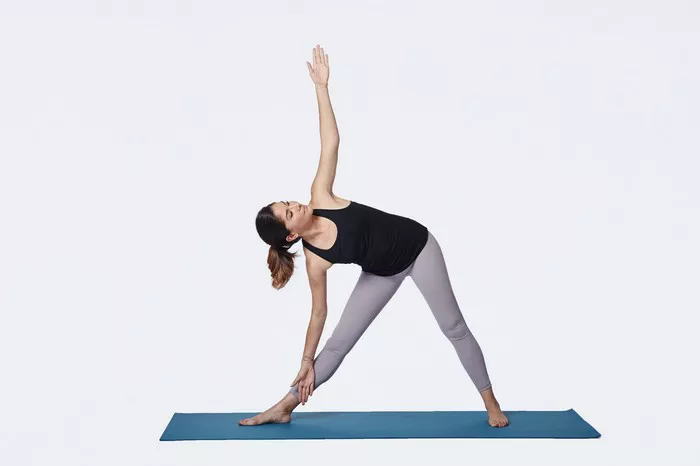Yoga, an ancient practice with roots tracing back to ancient India, encompasses a rich tapestry of poses, each with its own symbolism and significance. Among these is the Swan Pose, known as Rajakapotasana in Sanskrit. The name itself conjures images of elegance and poise, echoing the graceful movements of this majestic bird.
In the yogic tradition, the swan holds a special place as a symbol of beauty, grace, and spiritual awakening. Often depicted gliding serenely across still waters, the swan represents the journey of the soul towards enlightenment. Through the Swan Pose, practitioners aim to embody these qualities, cultivating inner peace and balance.
Physical and Mental Benefits
The Swan Pose offers a myriad of benefits for both the body and mind, making it a valuable addition to any yoga practice.
Physically, this pose stretches the thighs, groins, and abdomen, helping to improve flexibility and mobility in these areas. It also opens the chest and shoulders, counteracting the effects of hunching over screens or desks, which is common in today’s sedentary lifestyle. Additionally, the Swan Pose strengthens the back muscles and stimulates the organs of the abdomen, promoting better digestion and detoxification.
From a mental perspective, practicing the Swan Pose can be deeply calming and invigorating. The gentle opening of the chest and heart center can release tension and anxiety, fostering feelings of peace and emotional well-being. As practitioners sink deeper into the pose, they may experience a sense of surrender and surrender, letting go of stress and negativity.
Variations and Modifications
Like many yoga poses, the Swan Pose offers variations and modifications to suit practitioners of all levels and abilities.
For those new to yoga or dealing with limited flexibility, a modified version of the Swan Pose can be practiced with the support of props such as bolsters or blankets. This variation involves placing the front thigh on a bolster or folded blanket to reduce the intensity of the stretch.
More advanced practitioners may explore variations of the Swan Pose that deepen the stretch and challenge balance and strength. One such variation is the King Pigeon Pose, where the back foot is brought towards the head, intensifying the hip opening and backbend.
Step-by-Step Instructions
To practice the Swan Pose safely and effectively, follow these step-by-step instructions:
- Begin in a kneeling position on the mat, with knees hip-width apart.
- Extend your right leg straight back behind you, toes tucked under, and press the top of the foot into the mat.
- Slide your left foot forward, placing it near the top of the mat, with the knee bent at a 90-degree angle.
- Inhale as you lengthen through the spine, lifting the chest and rolling the shoulders back.
- Exhale and begin to hinge forward from the hips, walking the hands forward on the mat.
- Lower the upper body towards the mat, resting the forearms and forehead on the ground.
- Keep the hips square and level, avoiding any twisting or tilting.
- Hold the pose for 5-10 breaths, maintaining steady breathing throughout.
- To release, press into the palms and slowly walk the hands back, lifting the chest and returning to the starting position.
- Repeat on the other side, extending the left leg back and bringing the right foot forward.
Precautions and Contraindications
While the Swan Pose offers numerous benefits, it’s essential to practice with mindfulness and respect for your body’s limitations. Avoid these precautions and contraindications:
1. Knee or hip injuries: If you have any existing knee or hip injuries, approach the Swan Pose with caution or consult with a healthcare professional before attempting it.
2. Lower back issues: Individuals with lower back pain or discomfort should practice the Swan Pose mindfully, avoiding excessive arching of the spine.
3. Pregnancy: Pregnant women should avoid deep backbends like the Swan Pose, opting for gentler prenatal yoga poses instead.
4. High blood pressure: If you have high blood pressure, refrain from holding your breath or straining in the Swan Pose, as this can exacerbate the condition.
Conclusion
In conclusion, the Swan Pose embodies the essence of grace, strength, and inner peace, offering practitioners a pathway to physical and mental well-being. By understanding its origins, symbolism, benefits, variations, and precautions, yogis can deepen their practice and unlock the transformative power of this elegant pose.
FAQs:
What muscles does swan pose stretch?
The Swan Pose primarily stretches the thighs, hip flexors, groins, and abdomen. Additionally, it opens the chest, shoulders, and upper back, promoting flexibility and mobility in these areas.
Is pigeon pose the same as Swan?
No, Pigeon Pose (Eka Pada Rajakapotasana) and Swan Pose (Rajakapotasana) are different yoga poses. While both involve hip opening and stretching, Pigeon Pose is performed in a seated position with one leg bent in front of the body and the other leg extended behind, resembling a pigeon’s pose, whereas Swan Pose is performed in a kneeling position with one leg extended back and the other leg bent in front.
How to get into a sleeping swan pose?
To transition into Sleeping Swan Pose, also known as the reclined variation of Pigeon Pose, start in a tabletop position, bring the right knee towards the right wrist, and slide the right foot towards the left side of the mat. Extend the left leg straight back and lower the hips towards the mat, resting on the forearms or extending the arms forward. Allow the upper body to relax towards the ground, holding the pose for several breaths before switching sides.

























